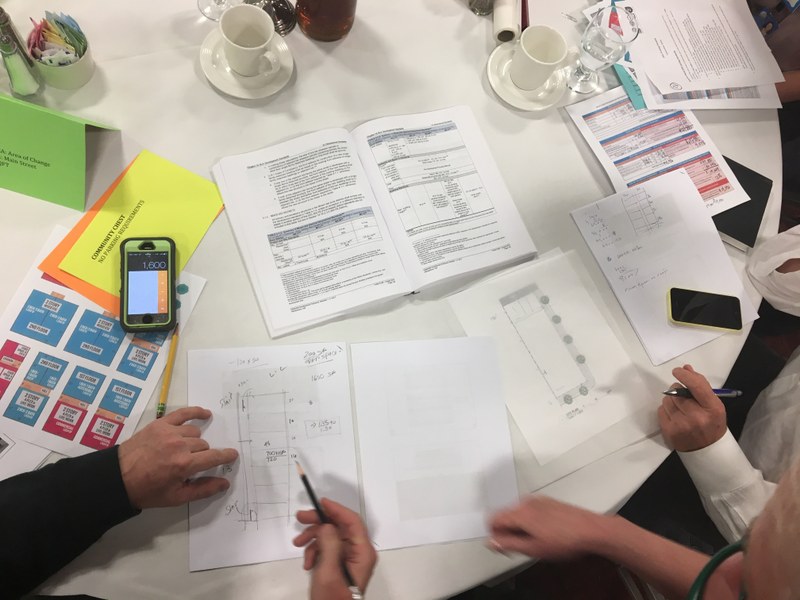
Moving from Debate to Dialogue
How can a leader shift the discussion climate from debate and argument to dialogue and learning?
This is the second article in a series on collaboration and conflict resolution. Read the introduction to the entire series.
Families, social groups, and organizations develop behavioral habits. As a leader of your association, you can influence the communication patterns. Most communication is not dialogue, particularly in a situation with conflict or significant differences between individuals and groups. The most common form of communication amidst differences is adversarial debate. Debate assumes a win-lose outcome and usually involves attacking or knocking down the arguments and positions of the other ‘side.’ The root of the word is the French verb ‘debattere,’ meaning to beat upon.
Dialogue is the gold standard for healthy, quality communication. It is an exchange that enables people to learn together. The word is formed from the root words ‘dia’ and ‘logos,’ and connotes the exchange of meaning through words.
Dialogue is a deeper conversation that:
- engages different perspectives,
- develops greater shared understanding,
- reaches a new level of meaning,
- forges connection between people and their ideas, and
- uncovers new possibilities.
Dialogue requires intention and discipline to avoid predictable argument and debate behaviors that simply reproduce the same level of understanding that already exists.
Guidelines that can create and sustain a climate for dialogue:
- Speak with the intention to clarify what has meaning and importance for you.
- Speak respectfully and honestly at all times.
- Listen attentively with the intent to learn rather than confirm what you already believe or find a weakness in their position.
- Be brief and share the air time so others have a full opportunity to speak.
- Only one person talks at a time. Do not cut others off and avoid ‘cross-talk.’
- Speak for yourself, not as a representative of others unless your clear role is to represent others.
- Express disagreement directly and honestly without making any personal attack or negatively characterizing the motives, beliefs, or ideas of others.
- Link ideas and highlight common threads or areas of possible agreement.
- Ask open and honest questions that invite others to clarify their views and increase your understanding of their goals, needs, and concerns.
It is a good practice to develop a set of guidelines that your association adopts and agrees to follow in its meetings. You may choose to use the above guidelines, edit them to your liking, or develop others. The guidelines should be posted during the meeting on an easel pad or white board and reviewed at the beginning of the meeting.

